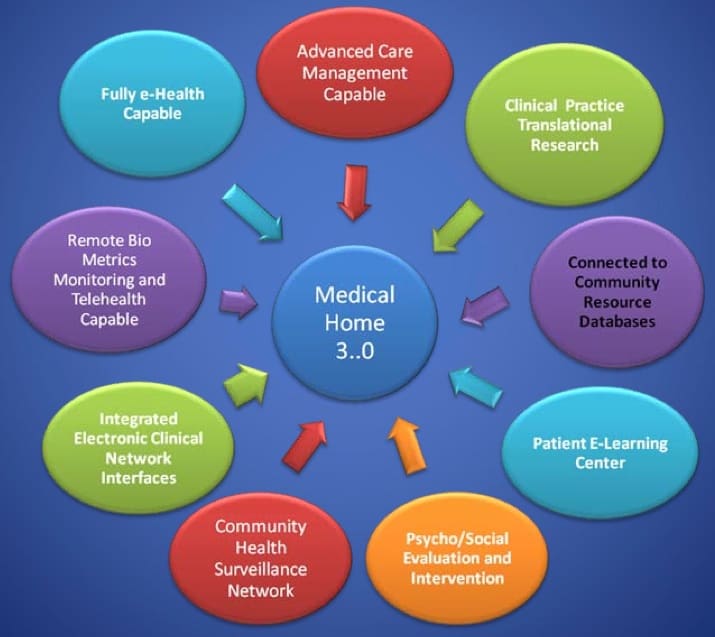Making clinical data liquid permeated a series of events I attended last week during Health Innovation Week in San Francisco. Monday and Tuesday found me at the HIE/REC conference. Wednesday was HealthCamp at Kaiser-Permanente’s Garfield Research Center (KP was extremely gracious in hosting this event and the opportunity to get a tour of the facilities prior to event kick-off was great). The week concluded with the annual and well-orchestrated Health 2.0 conference.
This first post will focus on the HIE/REC event as it was quite distinct from the other events: smaller audience, more staid, dominated by government officials and tied at the hip, for good and bad, to the existing healthcare system infrastructure.
The HIE/REC conference was an odd event with attendance hovering around 200 or so attendees. The event was focused almost entirely on what the States are doing with the federal funds coming their way to establish Regional Extension Centers (RECs) whose main objective is to get priority primary care physicians (PPCPs) to adopt and meaningfully use a certified EHR. Now, having been to this event and heard many of the State REC initiatives that are now underway via this program, sad to say that my original opinion has not changed. Rather than picking preferred EHRs and assisting with deployment, these RECs may be better off just helping to these PPCPs understand exactly what the HITECH Act is, what are their options, what questions to ask of a vendor or service provider and leave it to EHR consultants and vendors to take it from there.
On the HIE front, there was the usual talk of building the HIE (this time on a Statewide level), soliciting community involvement and last but certainly not least, building a model for sustainability. When one listens to these presentations from what are typically non-profit organizations, one can not help but be struck by the acute lack of just basic business sense with far too many messages that go along the lines of…
Think like a business, what is the value to end user and charge appropriately.
Yikes, if that is the best they can come up with, we’re in trouble.
In listening to the multitude of presentations over the course of those two days, one thing became abundantly clear, CMS and more broadly the feds want access to clinical data and they see HIEs as playing a critical role in getting that data to flow. Tony Rodgers, Deputy Administrator at CMS said as much in his talk which outlined the current CMS strategy:
- ACOs are what CMS is backing long-term as CMS does not have much hope for broad adoption of EHRs by small practices/providers under MU.
- HIEs are seen as the aggregator of data for future quality assessments and gain insight on what is truly effective.
- CMS strongly believes we can not bring down costs with current organizational structure of the healthcare system – thus their support of new models, particularly ACOs and Patient-Centered Medical Home. Thus, CMS is looking to map payment reform to HIT adoption in such a way that it logically force the needed organizational changes in the healthcare system to bend the ever elusive cost curve.
- Ideal: Create what he Tony called the “Medical Home 3.0” wherein the physician is fully connected at local, regional and national levels to those organizations and institutions that can deliver information at the point of care leading to better, more accurate diagnosis, treatment and ultimately lower costs.
These are fine ideals but how we get there is another story altogether.
The biggest concern may be the nearly complete and total lack of those from the business side of the healthcare spectrum present at this event. Sure, there were your sponsors, the usual mish-mash of HIT vendors, but nowhere did I see or hear presentations from organizations that have already established private, enterprise HIEs in their communities. This takes me back to a conversation I had with a large IDN in the midwest that had already worked with competing IDNs and community hospitals to establish a local, albeit private, HIE. She had absolutely no desire to be a part of a statewide initiative that planned to charge her organization ~$50K/yr for something they already had (and likely far better than the one the State was planning).
And therein lies the rub: The need for data liquidity is apparent but if we do not address the core needs and issues at the community level and engaged healthcare business in the discussion, meetings such as this will be a lot of talk, but talk that is disconnected from the business of healthcare and thus of little relevance.





John, great post.
Those who have made enterprise HIE useful, sustainable, and valuable appear to play their cards close to their vest. They are among the few who have worked hard to skin the HIE cat while others continue to consume much time passionately talking about the need to ‘figure out the value of HIE’.
Frankly it seems like too many state HIE projects are in this naval gazing stage, and they may be on the crux of wasting millions on unsustainable efforts.
Those with successful enterprise HIEs just don’t want these unknowning outsiders to mess up what they have perfected!
John,
Recently I have been attending several of the Oregon HIE oversite committee meeting and following the NHIN_d blog. The effort of these organization no doubt have good intentions but, it has the potential of the bridge to no where, data connectivity that is.
The State HIE, soon to be 50 of them, NHIN, NHIN_d, REC are developing top down and bottom up datacom solutions. This means a lot of integration. I agree with you that the vendors can figure this out. With enough time and money, that is.